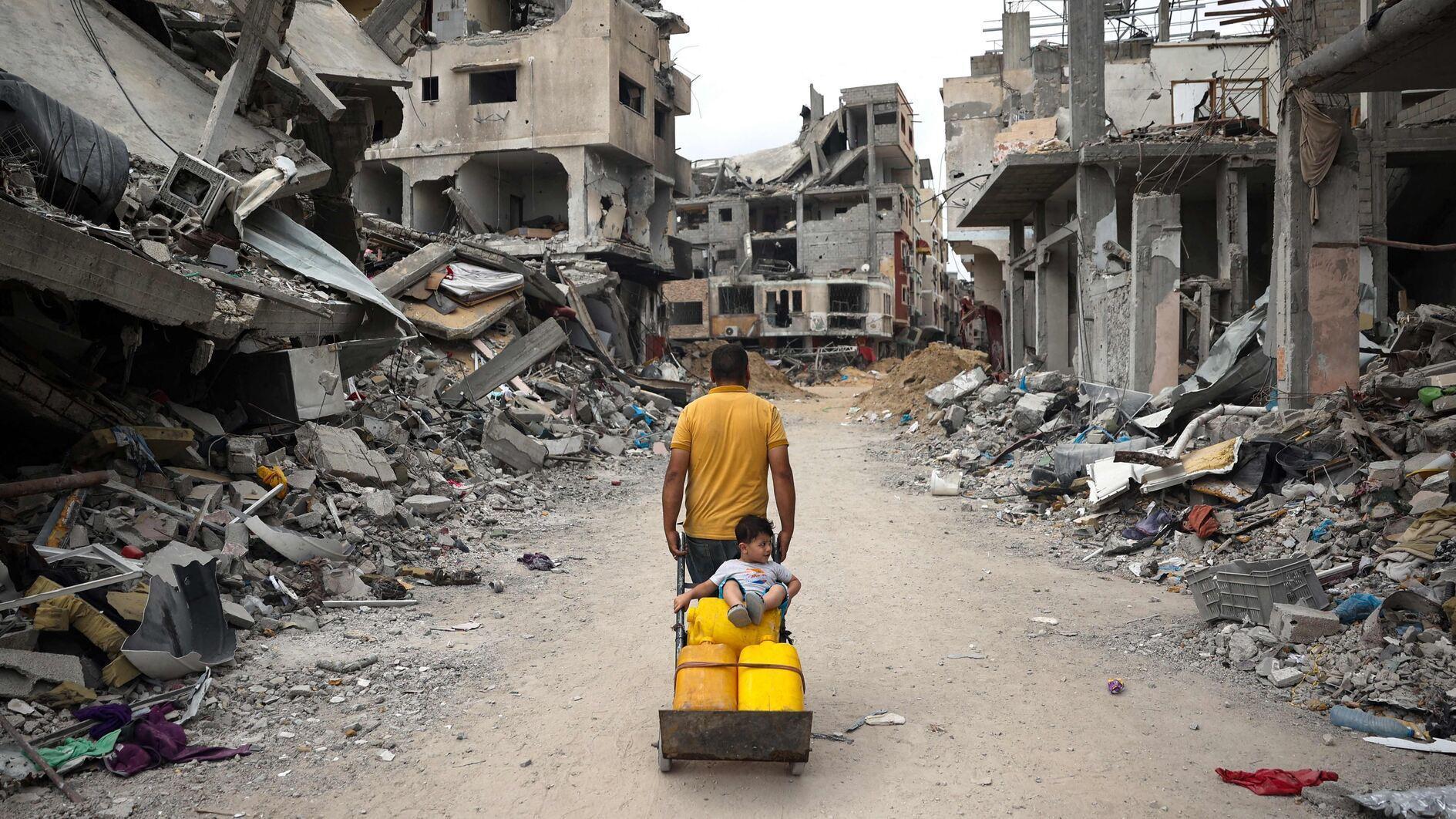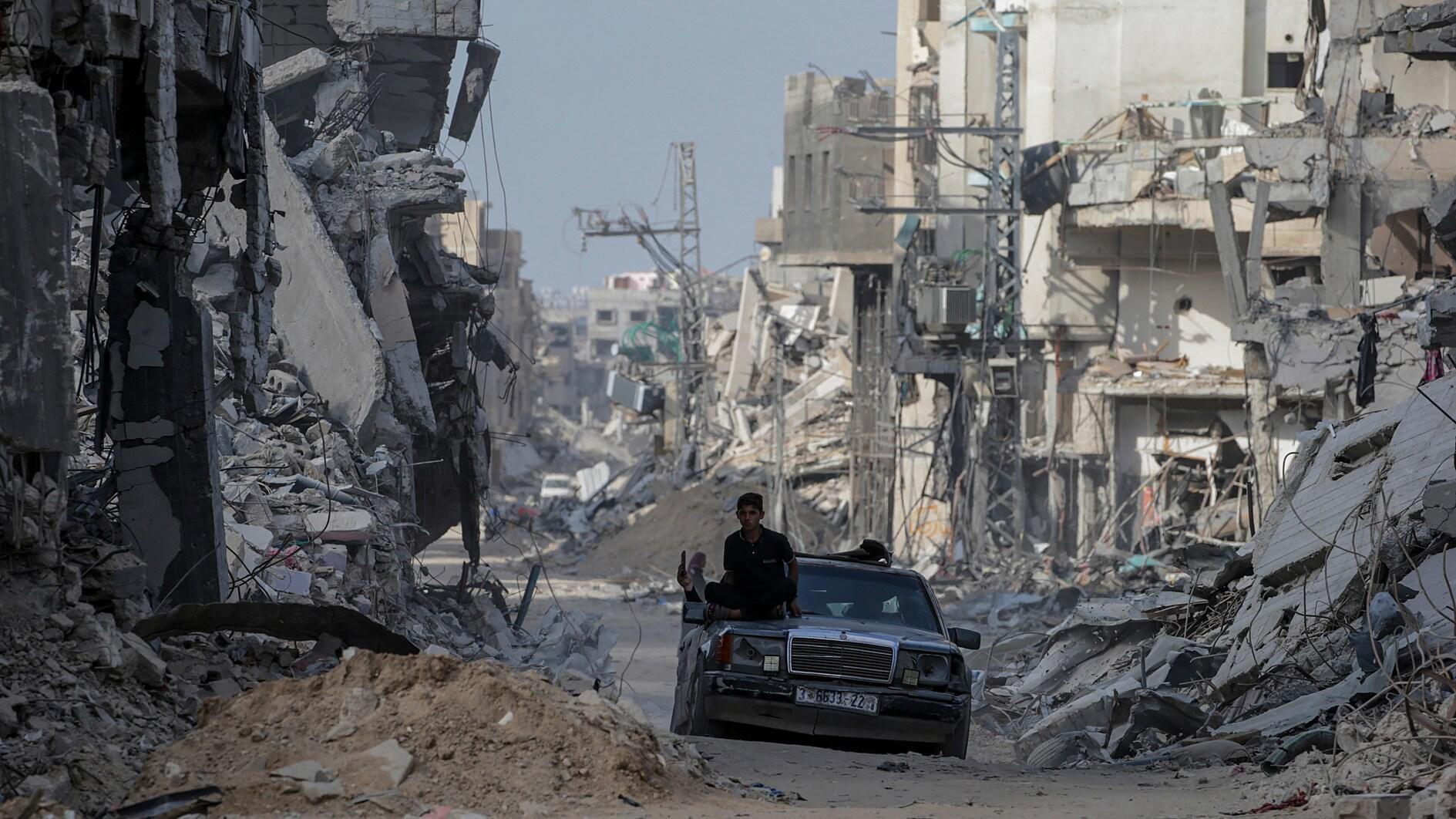It's now time to come to the point on ISIL
Since the hostages are now free, I suppose we can start talking about the epicenter of the business: How the Islamic State of Iraq and the Levant (ISIL) was formed, how it became a structure after Mosul, its financial sources, and its ideology.
As a matter of fact, this issue was discussed in the U.S. Senate last week. Secretary of State John Kerry said for the first time that ISIL was selling oil to countries including Turkey.
Howard Shatz from the think tank RAND has prepared one of the most extensive pieces of research about al-Qaeda in Iraq (AQI), the former name of ISIL. Shatz and his team have now reviewed 150 of ISIL’s documents and are updating the 116-page AQI report submitted to the Pentagon in 2010. I met with Shatz in his RAND office on the evening of Sept. 19.
According to Shatz, "bureaucracy" is the best word to describe ISIL’s organization. There is a hierarchical structure from top to bottom. At the top, there is Abu Bakr al-Baghdadi and a Cabinet made up of the emirs of finance, administrative affairs, security, military and sharia. Then, there are regional Cabinets using the same structure.
According to their account books, ISIL pays salaries to all of its members. Salaries are determined according to region and person. For example, an average of $490 annually is paid to a person in Anbar.
However, this is for single fighters who do not have any dependents. If you have a family, you receive additional payments for health expenditures and rent. Shatz said rent contributions were given to particular people among those who have a family, but RAND has not yet been able to understand what the criteria are. “Maybe it is a kind of a bonus according to the performance on the battlefield," he said.
The organization continues to make these payment to the recruit's relatives if they are caught or if they are killed. In other words, a kind of social security system has been formed.
For example, according to the 2005-2006 records, only 5 percent of the organization’s income in Anbar came from donations. What about the rest? This came from from the sale of seized goods, extortion taken from Shiites, and oil smuggling. From the end of 2006 to the beginning of 2009, AQI's income from oil smuggling from the Baiji refinery came to over $2 billion. Some of this was crude oil, some was refined.
Well, who buys it? Nobody can answer this clearly because oil changes hands so quickly that most of the time the buyers do not even know the oil is ISIL sourced. However, geographically, Turkey has become one of the most important centers of this trade.
After Mosul was taken, ISIL now controls seven more oil fields in Iraq. Because of U.S. air strikes, it lost Ayn Zalah three weeks ago. According to Shatz, the ISIL militants burnt the wells while they were retreating, which suggested that they are not considering coming back there.
ISIL has a daily capacity of 150,000 barrels. It is not known how much of this capacity ISIL is using, but even if it is 40,000 or 50,000 barrels, we're talking about major oil production. If the black-market sale price of $25-60 per barrel is considered, it corresponds to $1-3 million.
Turkey has been saying “hostages” up to now, and the U.S. was saying, “We understand.” In the Senate hearing, Kerry said Turkey would now decide on its position in the coming days.
Now that there are no Turkish hostages, we are set to come to the point.











